Landscape No-No: Tree Emitter Placement
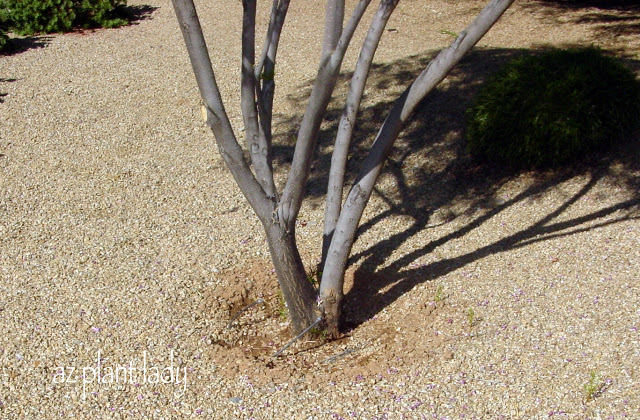
What is wrong with the picture above?
A few days ago, I decided to start writing about some of the “landscape no-no’s” that I see when I am doing landscape consults.
From time to time, I will focus on a particular “landscape no-no” and its solution.
My hope is that it will help you to avoid or fix these problems.
My first “landscape no-no” post, featured the photo above. Readers were invited to figure out what was wrong and leave a comment.
Quite a few of you left comments, correctly identifying the problem.
But, for those of you who aren’t sure what is wrong with the tree above – look closely at the drip emitter….
The problem is that the emitter is too close to the trunk of the tree.
Initially, when trees are first planted, it is a good place for the drip emitter to be. The roots are primarily near the trunk.
However, as a tree grows, so do its roots. The single emitter next to the trunk of a mature tree, isn’t doing it any good.
The roots grow outward and their ends are concentrated where the branches end. The reason for this is that when rain falls, the majority of it drips off the ends of branches – so that is where roots tend to grow out to.
So, if your tree and emitter(s) look like the photo above; how can you ‘fix’ it?
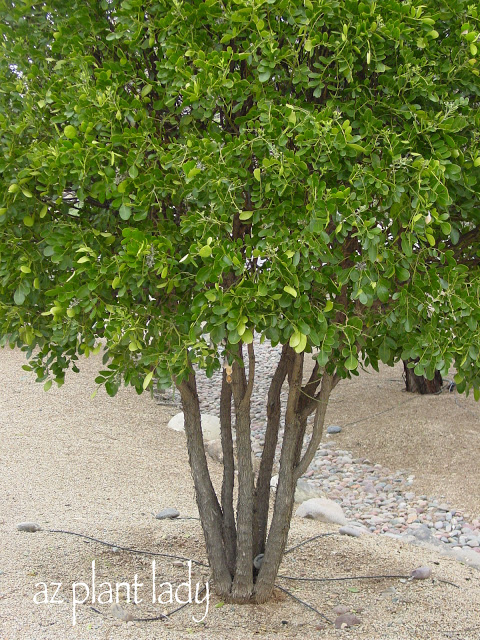
As your tree grows, you need to add more emitters, equally spaced around your tree. They should be located where the tree canopy (branches) end. (I do recommend burying your drip line – it looks better 🙂
Below, is a photo of a large tree and I have drawn in recommended emitter placement…
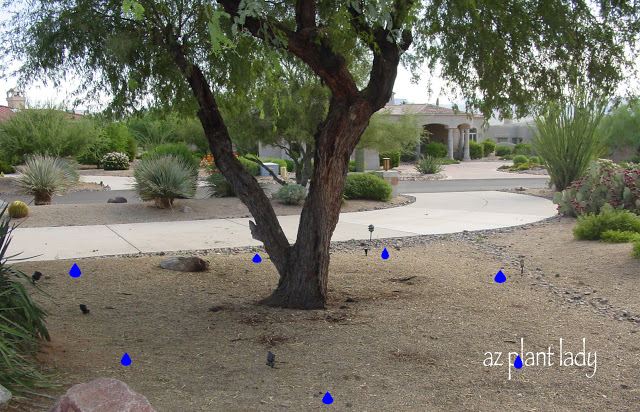
You can see the emitters are widely spaced around the tree and are located where the tree canopy ends. As your tree grows, you need to continue to move the emitters outward.
The Arizona Municipal Water Users Association has a great, free publication that guides homeowners through landscape watering, including recommended watering schedules….
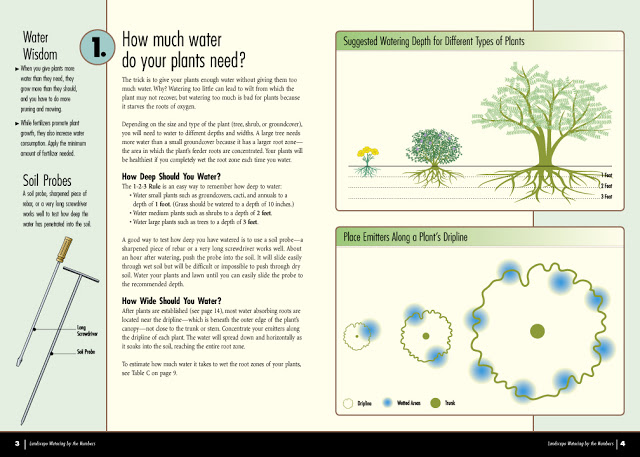
The diagram above, from “Landscape Watering By the Numbers” shows recommended emitter placement along with how deeply trees should be watered.
It’s important to note that trees do not need to be watered as often as your other plants. But, they do need to be watered more deeply – 3 feet.
(Here is a link for how often to water your trees and other plants if you live in the greater Phoenix metro area).
**If you don’t have a separate irrigation line for your trees, you can periodically deep water your tree by turning your hose onto a slow trickle and let it slowly soak into the soil. Move the hose until the entire outer canopy of your tree has been watered.
So, do you have this “landscape no-no” in your garden? Don’t worry – now you know how to fix it 🙂
**Stay tuned for our next “landscape no-no” soon!**
To receive your own copy of “Landscape Watering By the Numbers”
simply click the link above. You can also view it online. Note – this publication is written for residents of the greater Phoenix area, but the information is very helpful to anyone who lives in a hot and dry climate.

 Noelle Johnson, aka, 'AZ Plant Lady' is a author, horticulturist, and landscape consultant who helps people learn how to create, grow, and maintain beautiful desert gardens that thrive in a hot, dry climate. She does this through her consulting services, her online class Desert Gardening 101, and her monthly membership club, Through the Garden Gate. As she likes to tell desert-dwellers, "Gardening in the desert isn't hard, but it is different."
Noelle Johnson, aka, 'AZ Plant Lady' is a author, horticulturist, and landscape consultant who helps people learn how to create, grow, and maintain beautiful desert gardens that thrive in a hot, dry climate. She does this through her consulting services, her online class Desert Gardening 101, and her monthly membership club, Through the Garden Gate. As she likes to tell desert-dwellers, "Gardening in the desert isn't hard, but it is different."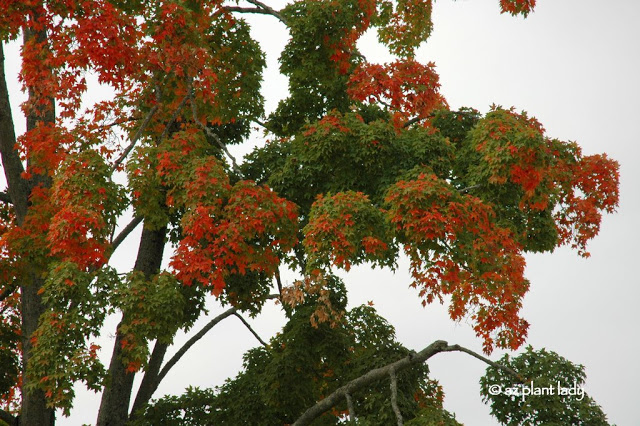
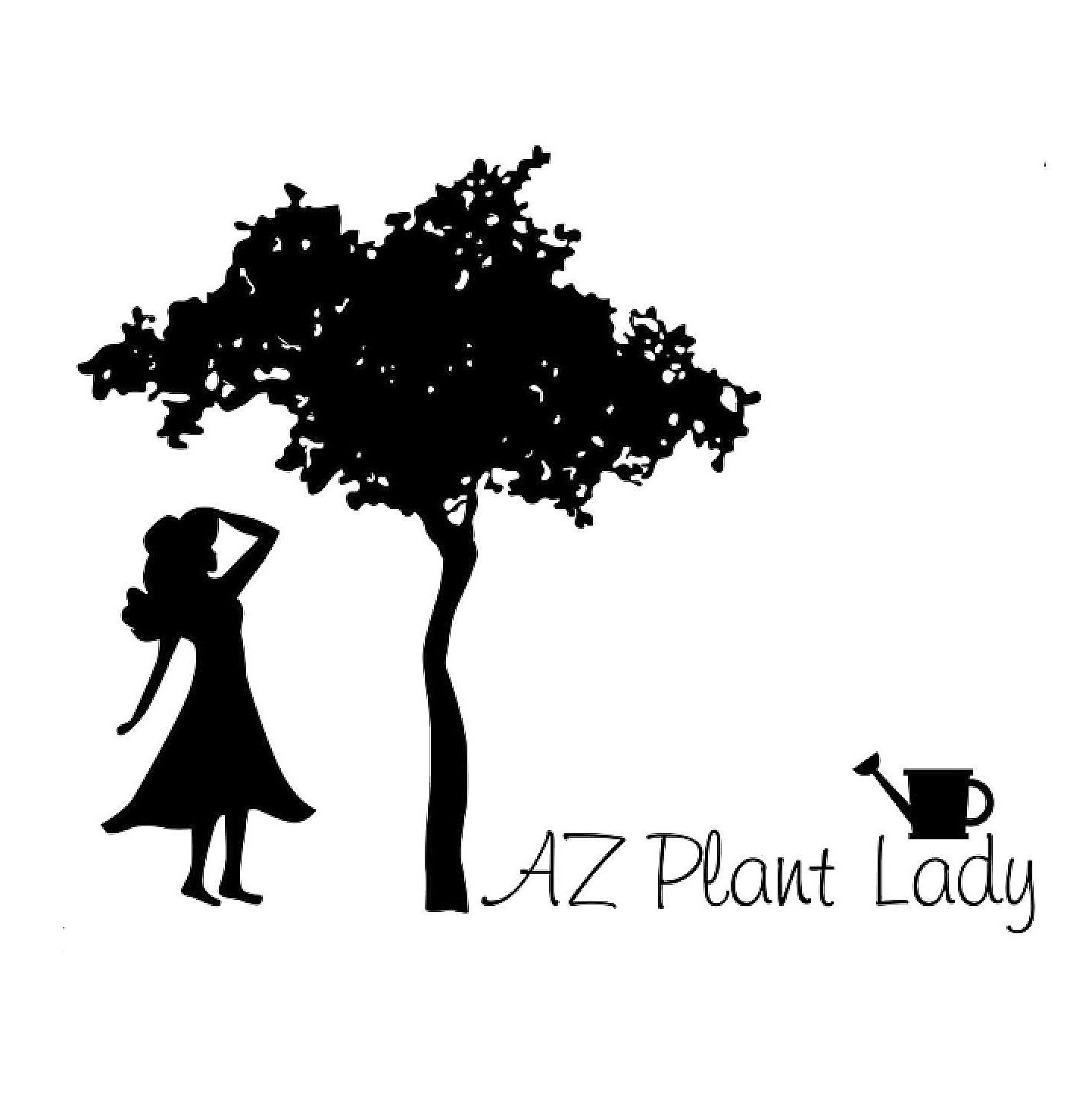

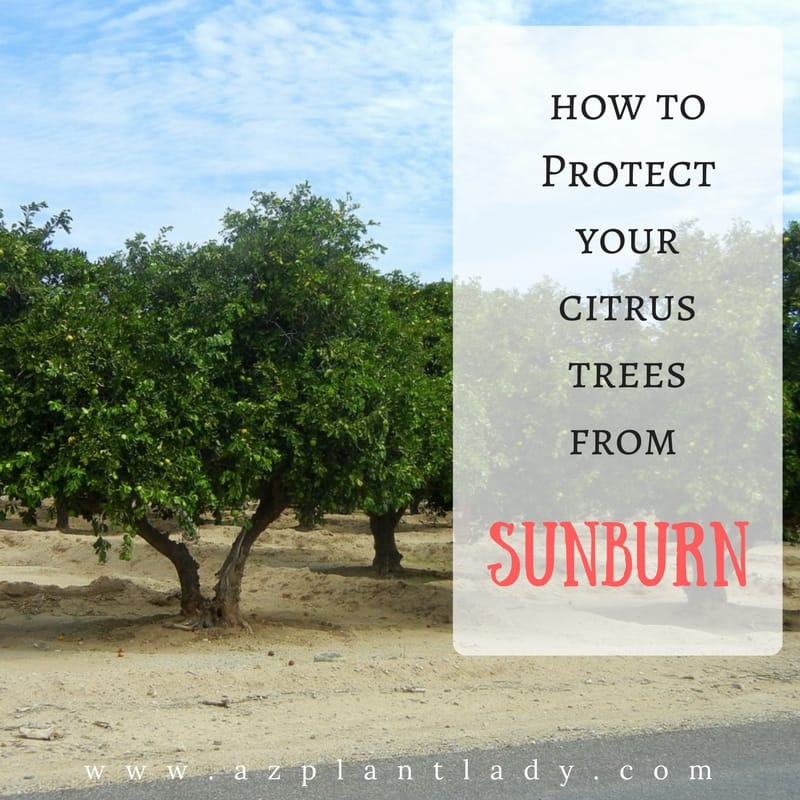

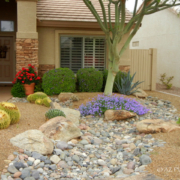








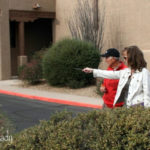
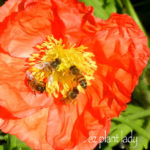
Great explanation!
Suggestion: You might want to define "dripline," as I noticed that you and some of the commenters are using multiple definitions. Usually in horticulture it means the (imaginary) line below the canopy of the tree, but people sometimes also use it to mean the drip irrigation hose "line." Could be confusing.
Thanks for the great information. Looking forward to learning more.